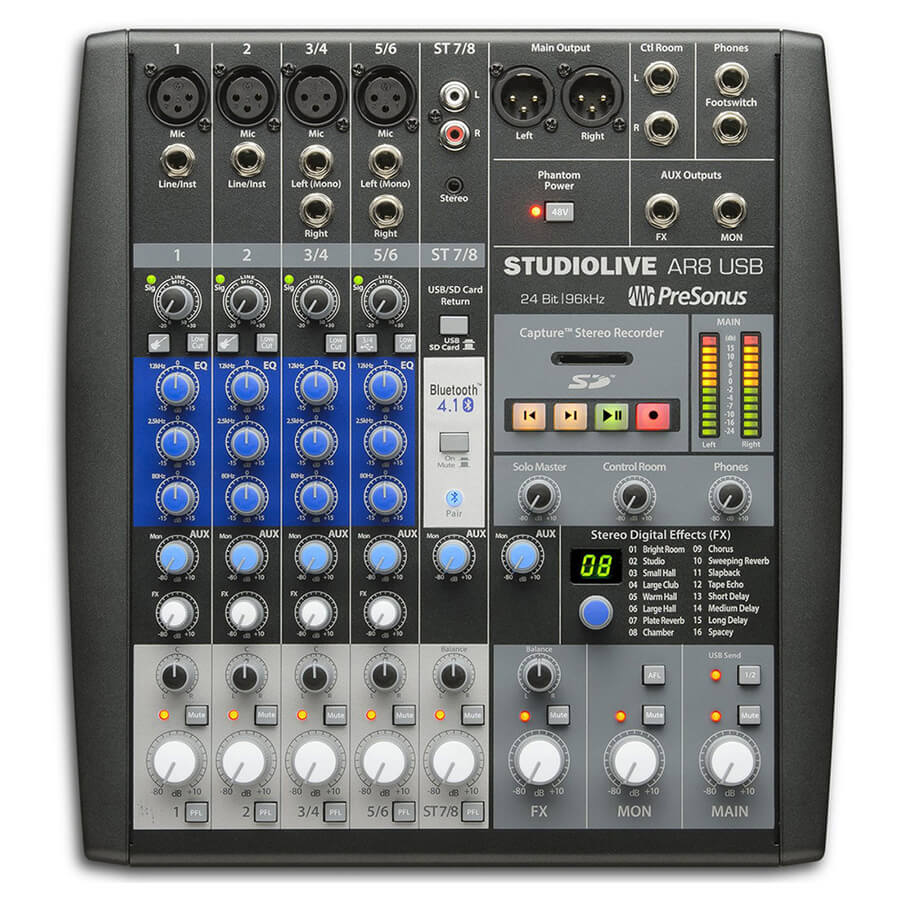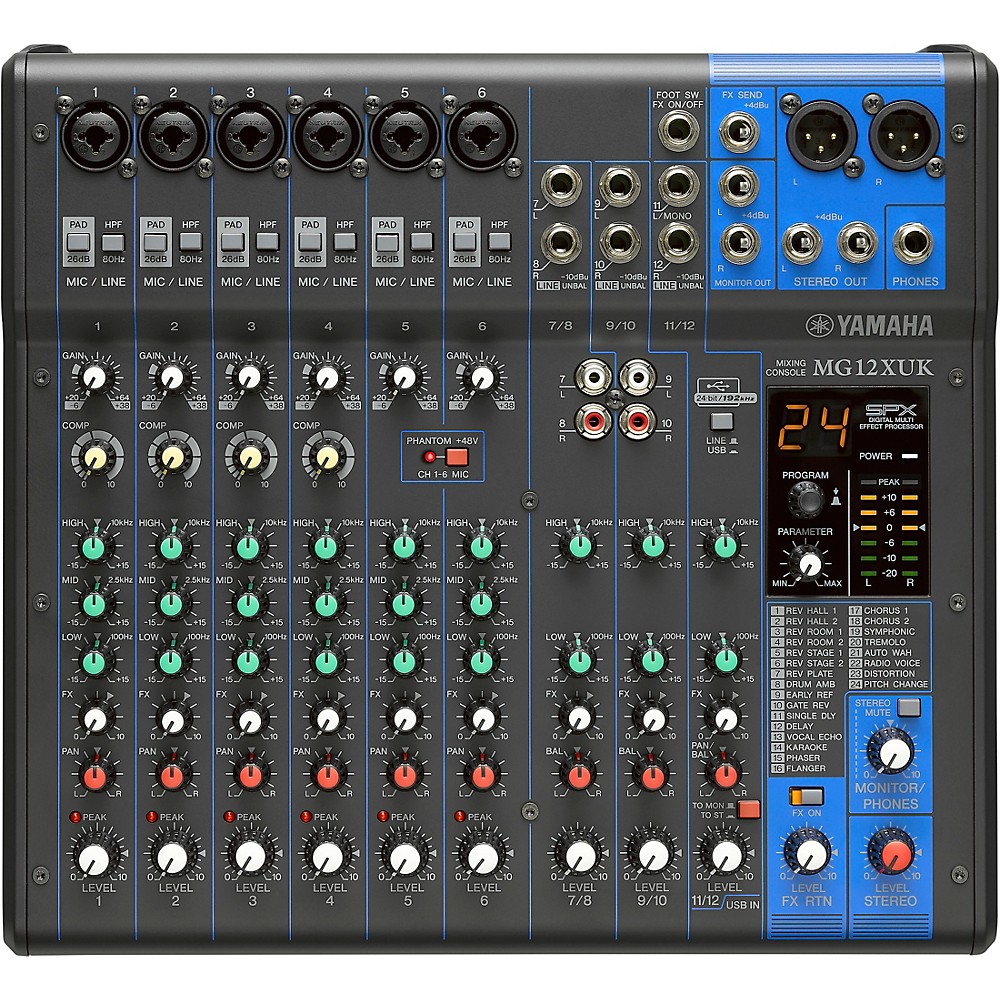
- #Change channel image mixer skin#
- #Change channel image mixer full#
- #Change channel image mixer software#
Anything less than 100% and you’ll reduce the overall image’s exposure, and anything over 100% will increase the overall exposure. Now the trick is to play around with the channels, but still arrive at a total of 100%.
#Change channel image mixer skin#
If you tweaks the red channel you’ll mostly affect the skin tones. By default Photoshop creates the black and white with a mix of 40% red, 40% green and 40% blue. By default the resulting black and white can look quite flat, but we’ll fix that by tweaking the values for the different color channels. So go ahead and add a new Channel Mixer adjustment, and thick off the Monochrome checkbox. It also has a monochrome mode to create black and whites. The channel mixer is an adjustment layer that allows to easily mix the Red, Green and Blue channels to tweak the image’s colors. When you're happy with your image you can click ok and save your newly converted black and white image.To get started, I used the Spot Healing Brush tool on a new layer with the Sample All Layers option active to remove some of the skin blemishes. Notice that you can even set channels to negative values, which can produce some interesting effects. If you do find that your total is too high or low, you can use the Constant slider beneath to compensate. The "best" settings depend on the image and your personal taste, but keep their total around 100%, otherwise you'll lighten or darken the image. Next, adjust the three sliders labelled Red, Green and Blue until you get an image that you like. You should see your image change to black and white. Tick the box at the bottom which says "Monochrome". Go to Image > Adjustments > Channel Mixer. Now that we have seen our three channels it's time to convert our image to black and white by using a combination of them. Press Ctrl+~ when you're done to switch back to colour mode. Press Ctrl+1 to display Red, Ctrl+2 to show Green and Ctrl+3 for Blue. I've written this tutorial specifically for Photoshop, but it works in almost exactly the same way in any graphics program, so you'll still be able to follow along:īegin by taking a look at each of the three colour channels, just to get an idea what they all look like, and to see if there are any which look better than the others. Thankfully most graphics programs, such as Photoshop and GIMP offer a tool to do just this - the Channel Mixer.Ĭonverting to Black and White Using the Channel Mixer
#Change channel image mixer full#
Ideally we would like to have full control over which channels are used in producing our black and white image, and the proportions in which they are mixed. Note how each channel produces a very different greyscale image.

Left to right: RGB colour, Red channel, Green channel, Blue channel.
#Change channel image mixer software#
Black and white camera modes and software greyscale conversions work by either combining equal amounts of these channels, or even worse by just discarding two of the channels and using the greyscale of the remaining one. The greyscale version of each of these channels looks different, bringing out texture and detail in different areas.

However, both of these tend to be very simple conversions, and usually leave us with an image which is flat and bland.ĭigital photos are composed of three channels - red, green and blue. Two of the most commonly used methods of shooting digital black and white photos are either by using the in-camera "black and white" mode, or by using the "greyscale conversion" option in your graphics software. This will help you produce the exact effect you're after and end up with the best results. There's more than one way to convert a colour photo to black and white using Photoshop, but the method I discuss here will give you the most control over the final image. It also allows us to tweak the way our shot's colours are converted, so that we can produce the exact effect we're after. This flexibility allows us to compare the same photo in both forms, so that we can choose the one with the most impact. Digital photography removes this limitation, allowing us to shoot in colour and convert to black and white later. Traditional photography forces us to choose between colour and black and white at the time of shooting.


 0 kommentar(er)
0 kommentar(er)
